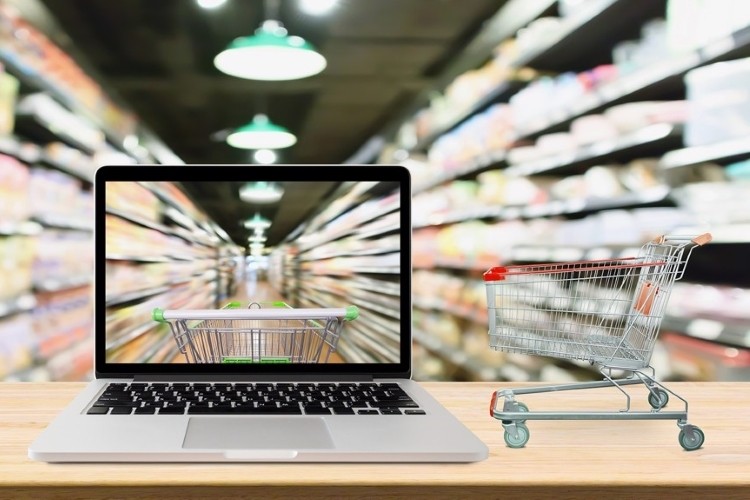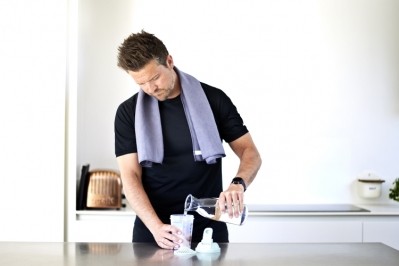Arla Foods to supercharge sales in E-commerce

Having witnessed rapid growth in its e-commerce sales during the pandemic, with growth doubling in many key markets during 2020, Arla is now utilizing this, as locked-down consumers continue to seek household brands such as Arla and Lurpak during their online shopping.
The cooperative is boosting its existing e-commerce plans three to five years ahead of schedule, increasing investments in its online presence, increasing the number of e-commerce employees across the sales and marketing organization in the UK, Denmark, Sweden, Germany, the Netherlands and Finland, and aims to double retail sales by 2025 across Europe.
“We have a clear goal of becoming dairy market leader for e-commerce in Europe and continuing to be a preferred partner for our customers. E-commerce was on the rise in Europe before the COVID-19 crisis and we had been preparing on the technological side and with our customers for some time. The pandemic has rapidly changed behaviors towards online channels and this shift represents an opportunity for us to push our e-commerce ambitions forward in the innovation pipe-line and the work is well under way,” said executive vice president and CCO for Arla Europe, Peter Giørtz Carlsen.
Arla said its ability to fast track its e-commerce plans is partly due to the success of the transformation and cost-savings program Calcium, as this has ensured the cooperative is able to shift gears and reinvest in the business to boost online sales across Europe. The expanded e-commerce acceleration team will focus on data analysis, driving online campaigns and visual content to help online shoppers find Arla’s household products.
Online shopping here to stay
As the second wave of the COVID-19 pandemic is again limiting movement across the globe, grocery shopping online, including fresh food items such as dairy, is becoming a longer-term change in consumer behaviors. With the increased investment in e-commerce, Arla continues to be a key partner and support its customers with expanding their online shops and ensuring that consumers continue to have the same quick and easy access to dairy products that they know from physical stores.
“We know that consumers still want to be able to choose healthy and sustainable food like dairy when they shop online. Therefore, we want to maximize our online availability and visibility with our customers. With our new ambitious strategy and increased investments, we are accelerating our online presence and delivering well known household dairy products to European consumers on a broad range of platforms,” Carlsen said.
With the new e-commerce strategy Arla has set a goal to have 10% of all retail sales across core European markets come from e-commerce.
Every year, Arla engages with consumers 600m times on its own digital platforms such as websites and social media. With the new investments and strategy for e-commerce Arla wants to create easier access to its products by collaborating closer with European e-retailers to ensure that fresh dairy products such as milk, yogurt, butter and cheese are visible on the online grocery shop shelves.
An example of this is the Click&Cook service in Denmark and Sweden. When consumers look up a recipe, they can click on a Click&Cook button and it automatically fills the online grocery basket with the ingredients.
At the moment, one of Arla’s biggest markets for e-commerce is the UK, where 17% of total retail sales come through e-commerce channels. In Arla’s other European markets, it makes up a smaller, but growing, contribution to overall sales with e-commerce accounting for around 5 to 7% of sales in Denmark, Sweden and the Netherlands.







